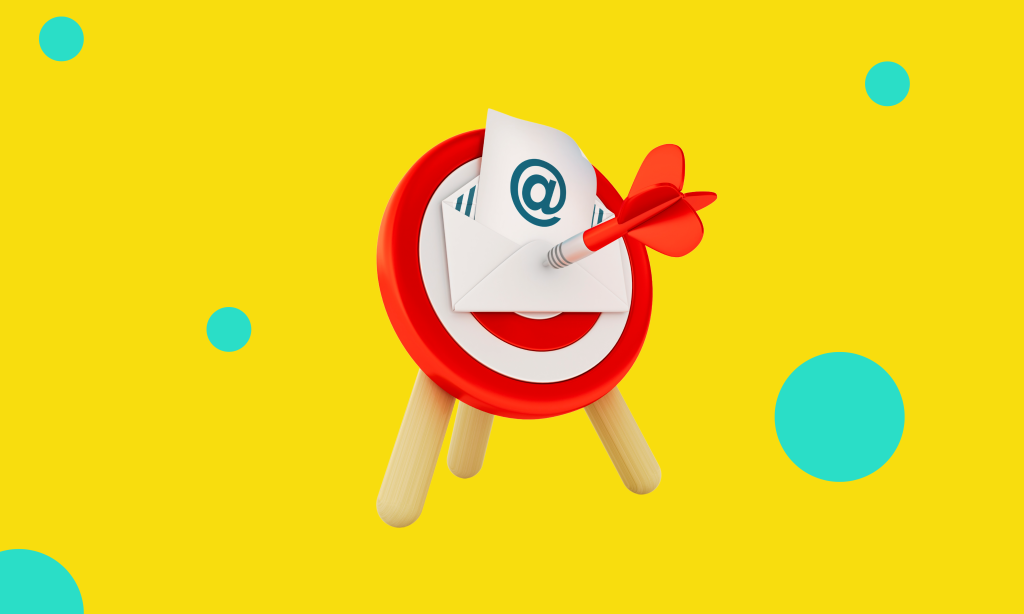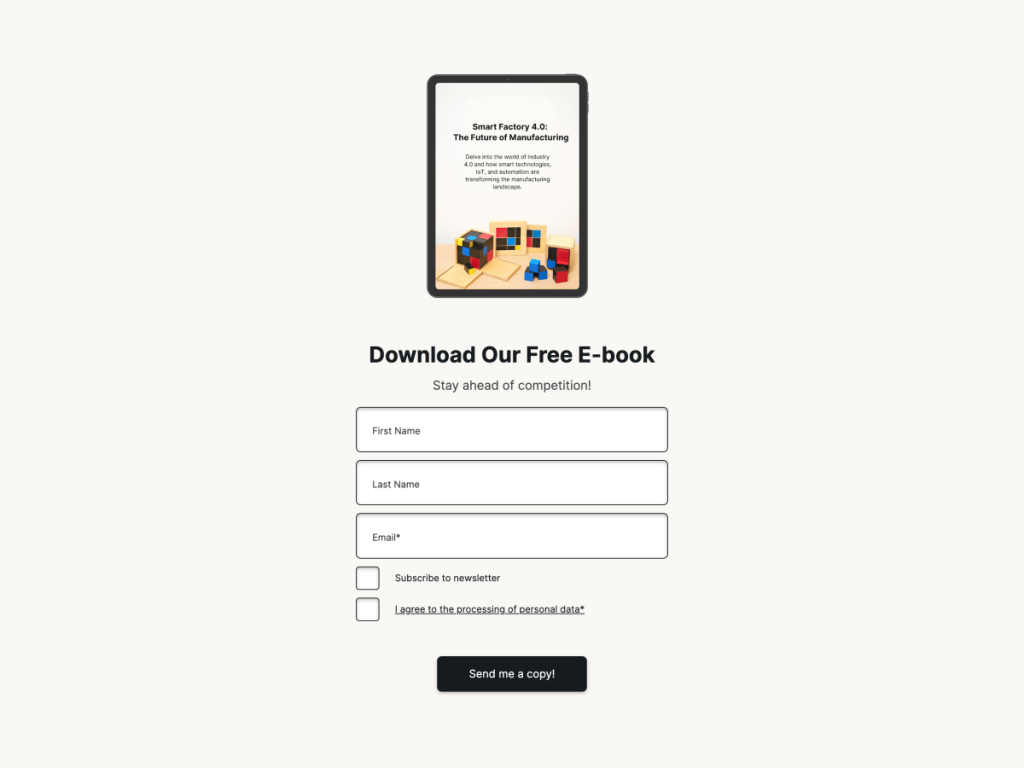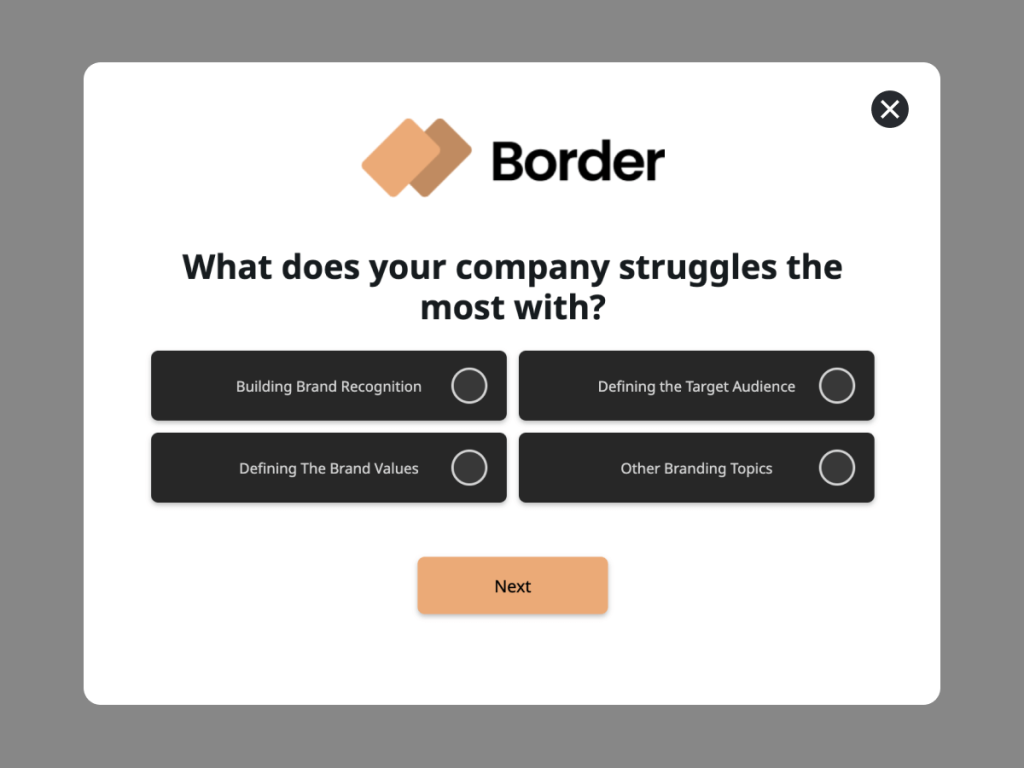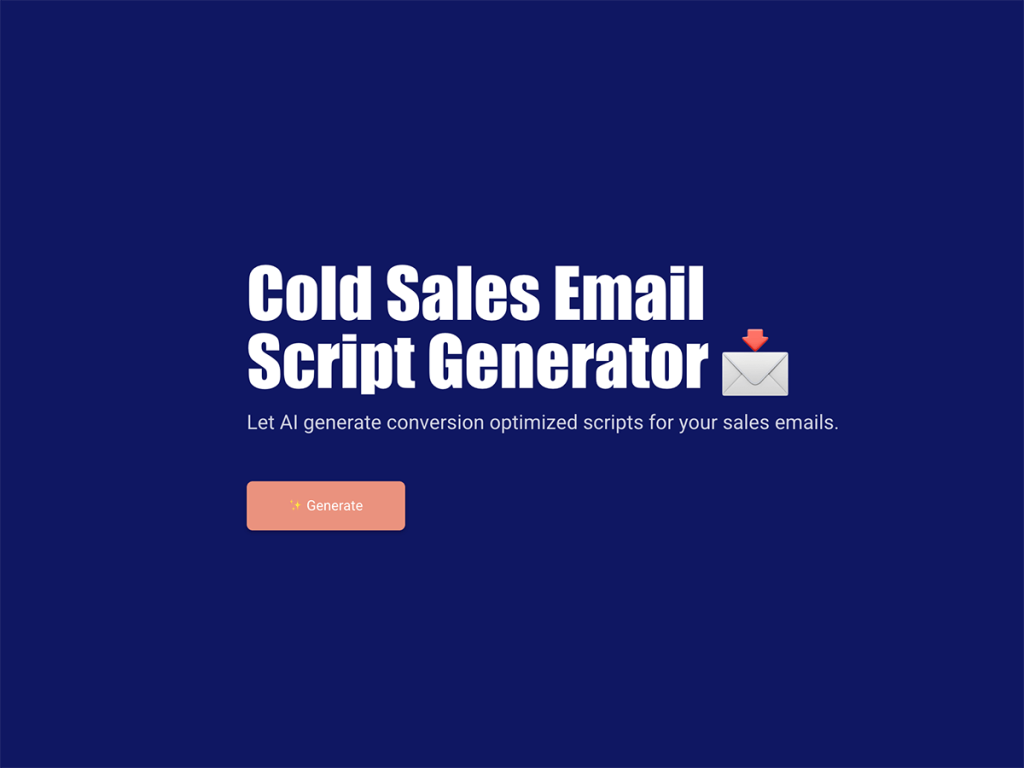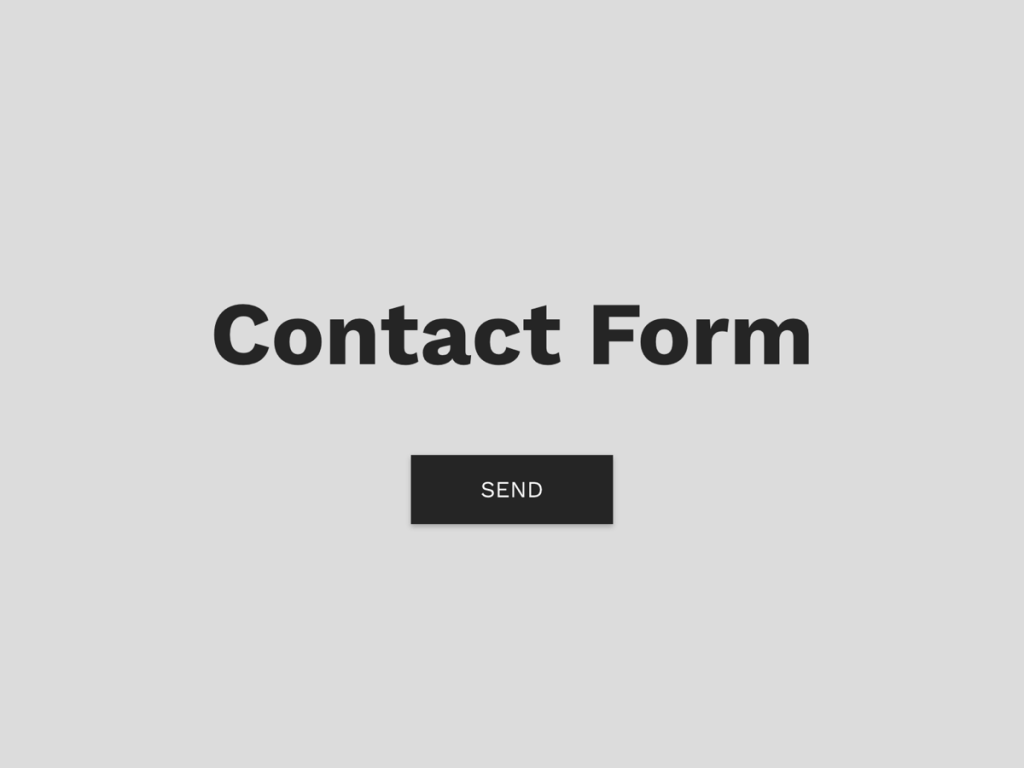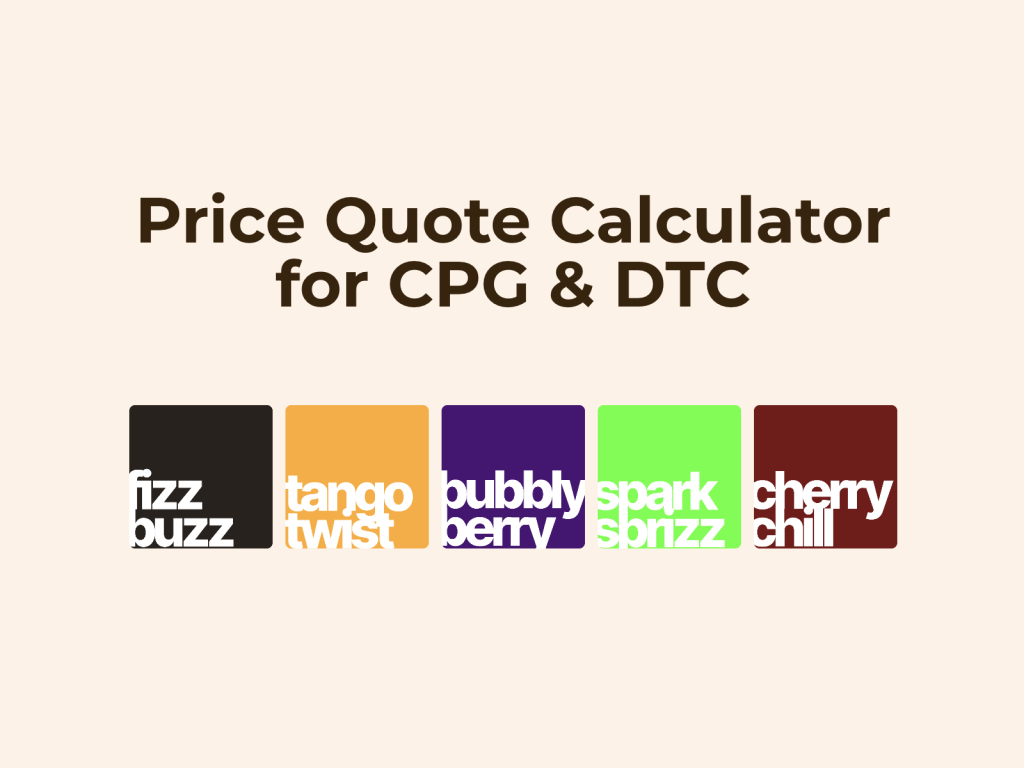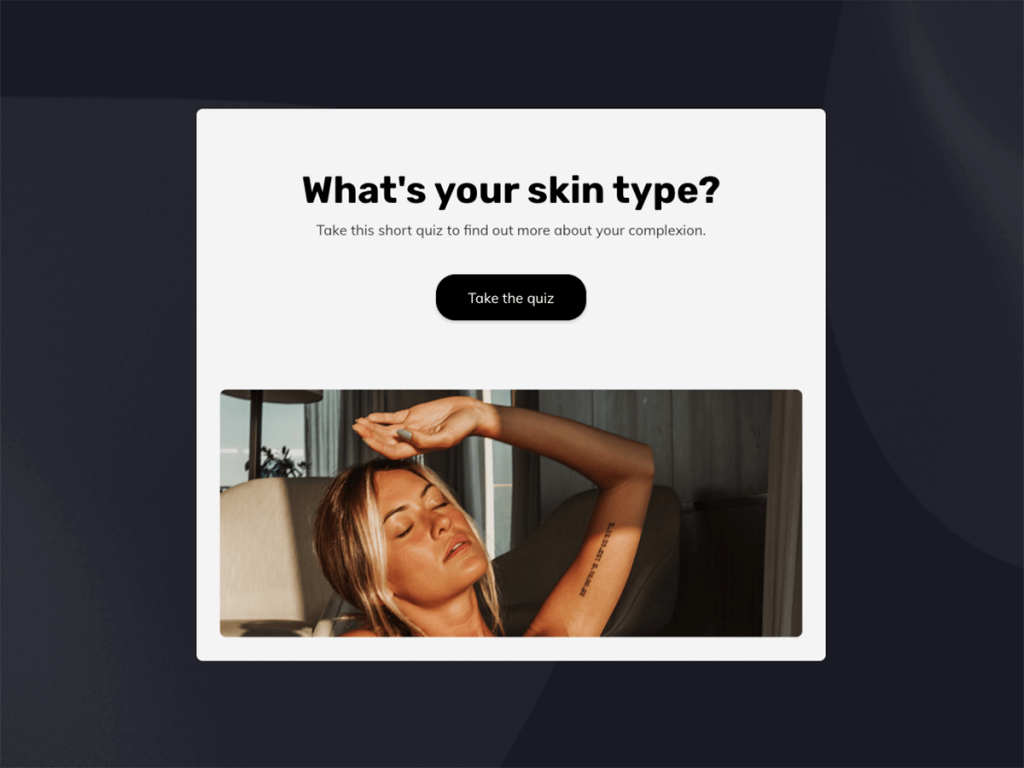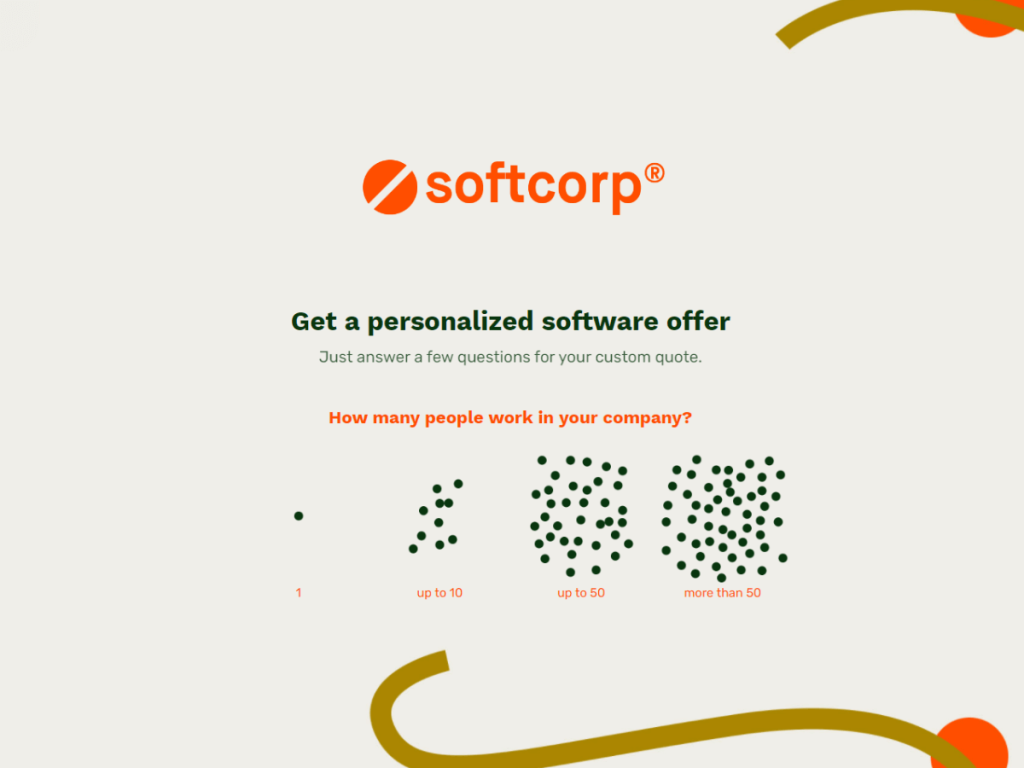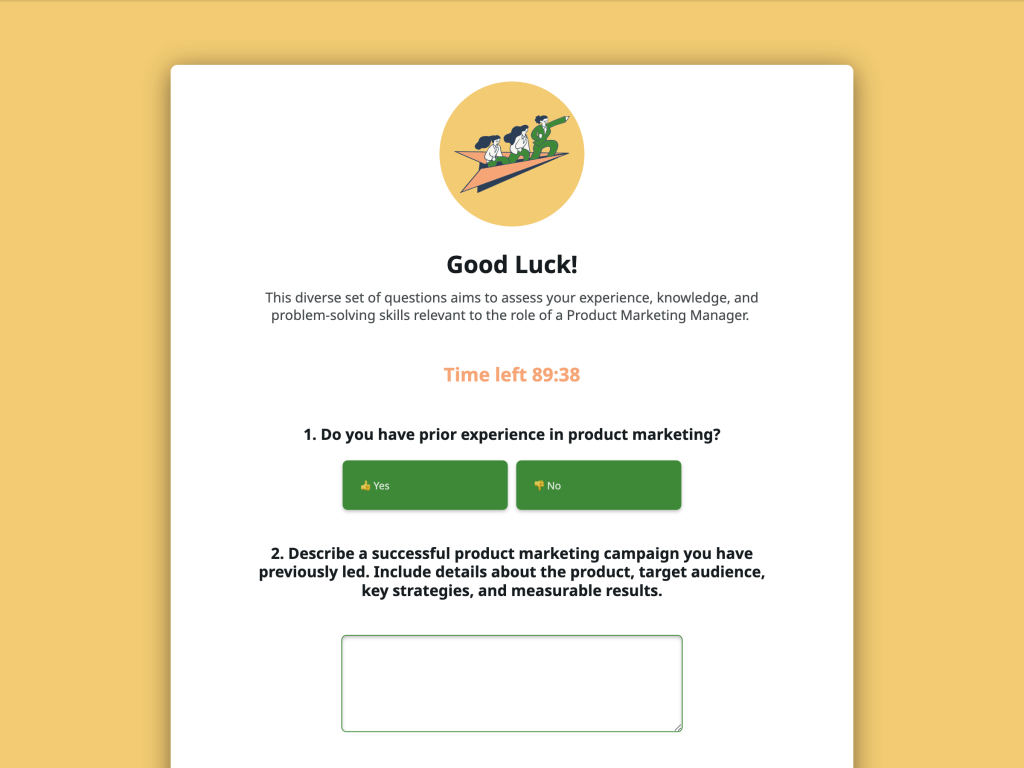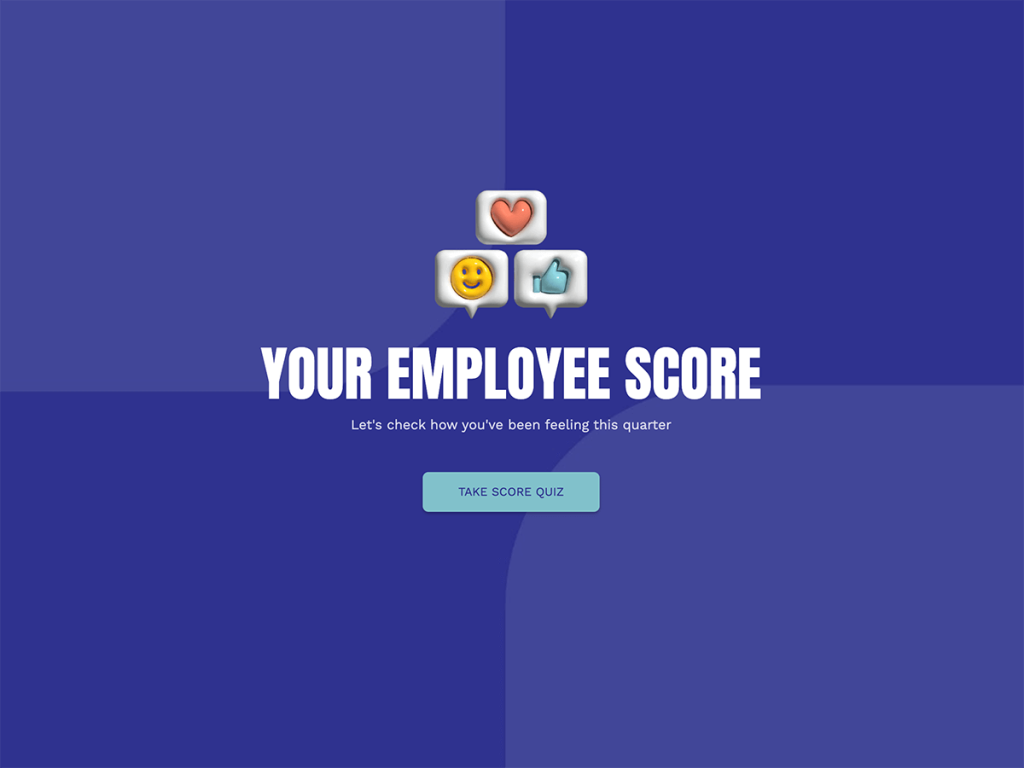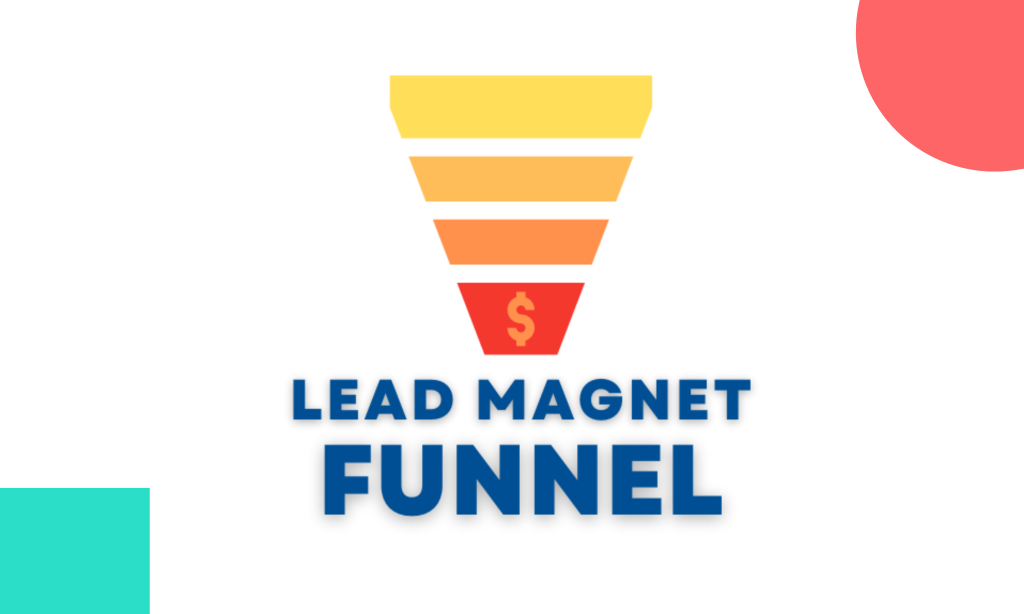More than 330 billion emails were sent every day in 2022. That figure is projected to rise to 392.5 billion by 2026 - that’s a lot of emails. It's understandable that they remain a core part of any marketing strategy. Emails are easy and offer a high ROI. That’s why nearly every company use them in one form or another.
However, the downside of email marketing is that it has a fairly low open rate with an average of 21.33% across all sectors. When it comes to emails, one tactic many businesses now employ is email retargeting. This article explores what is email retargeting and how can you use it to improve the metrics that really matter to you.
What Is Email Retargeting?
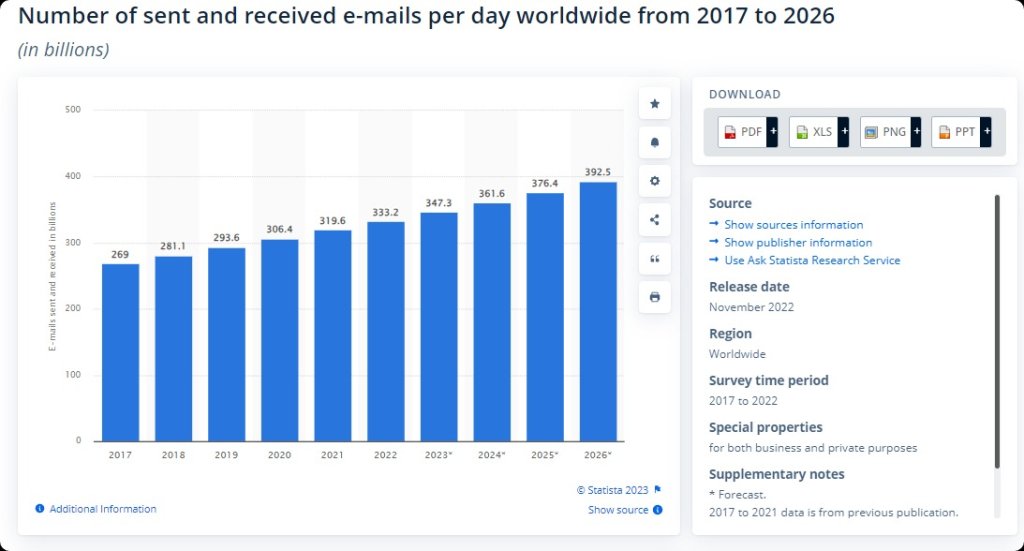
You may have a substantial email list but what metrics does that list produce? Are there good click-through rates (CTRs)? Or are your open rates lower than average? Email retargeting is a way of reengaging with inactive subscribers on your list. You can display ads that are targeted directly at them when they are browsing the net. You can also target inactive visitors who have browsed your site without taking action.
You’ll already know the effectiveness of personalization and email retargeting is much the same. It’s about creating ads that ‘fit’ with particular audience segments. The ones who have previously engaged with your brand though they may not necessarily have made a purchase with you. The goal is to design messages that captivate their attention and compel them to respond to a CTA (call to action).
Remember that 21.33% average open rate from earlier? Well, with an email remarketing campaign, that average open rate soars to 57%. That means an increased chance of conversions and improving your other important email marketing metrics. It’s also why so many marketing teams are now looking to email retargeting as an integral part of any successful campaign.
How Does Email Retargeting Work?
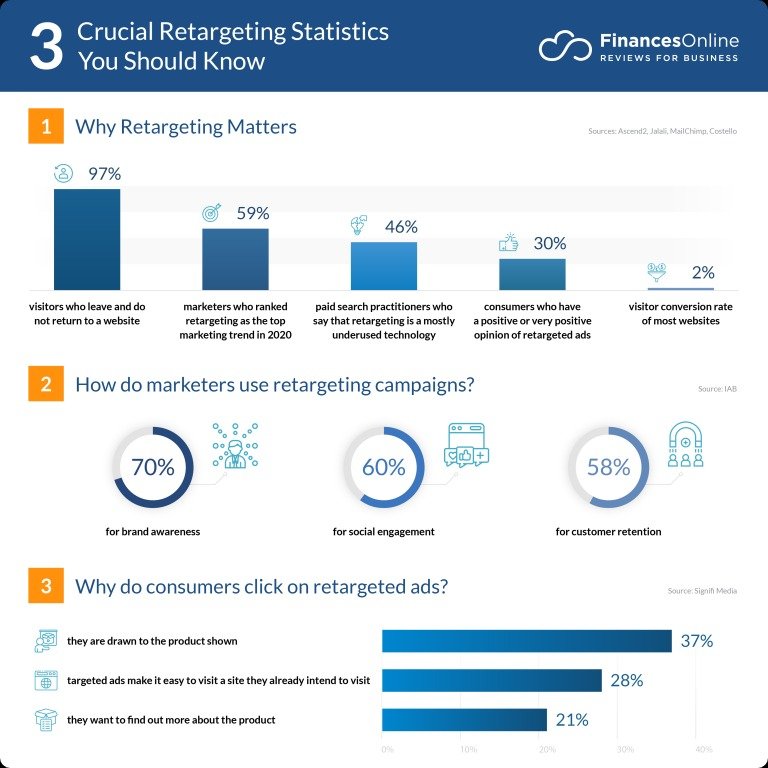
You may already have employed retargeting in relation to your website visitors. Email retargeting works in much the same way. When you send retargeted emails, you embed a unique code in the email’s HTML or in the signature. The ads that are linked are personalized. The data comes from the information you have on that customer in your CRM (customer relationship management) system.
For instance, if a customer showed prior interest in faxing without a traditional fax machine, you might send them a link to an ad for Vonage virtual faxing. The chances of conversion increases in this way.
It’s all about understanding what the target audience wants or needs and directing them to ads that meet those needs. Of course, retargeting may not be useful for every business or every customer but there are some scenarios where it can be particularly effective:
When your email marketers want to target visitors to your site who have yet to make any purchases.
When you have been experiencing higher than average shopping cart abandonment rates.
If you have special promotions that you want to personalize and target current subscribers.
How to Create an Email Retargeting Campaign
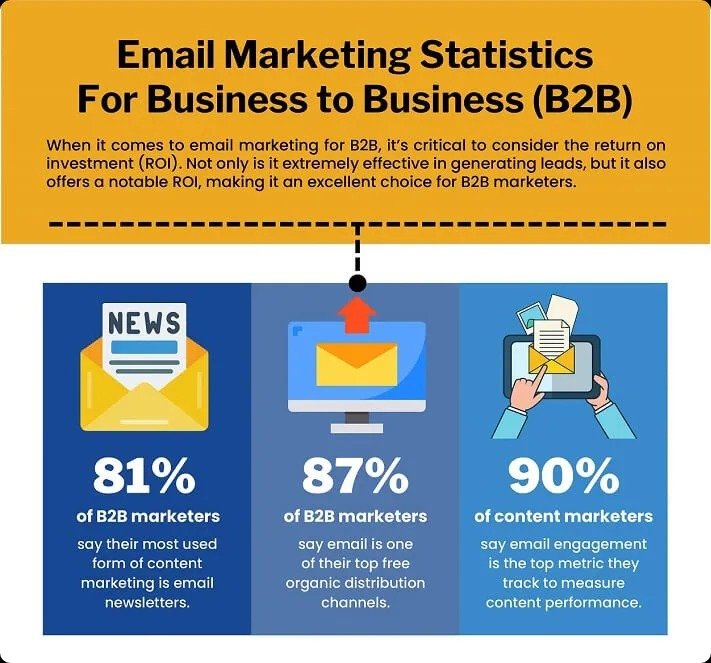
So, you can see that an email retargeting campaign could bring tangible benefits to your business but you have no idea how to create one. What steps do you need to follow to start your campaign? While there may be some variations from business to business, these steps can form a solid foundation for your campaign.
Identify Your Audience and Collate Data
The first thing to consider is selecting customers to include in your retargeting campaign. Most of this data should come from your CRM system which will help you identify your ideal targets. But you can also use an email finder tool. Remember that you will not be retargeting all your customers. Focus on people who never made a purchase (but are on your list), or those who become inactive subscribers.
Your CRM should supply you with a list of inactive customers who have been dormant but are still receiving emails from you. It can also help you identify repeat customers and what CLV (customer lifetime value) you may have given them.
Segmentation
Now you have your starting point; a list of customers you want to retarget with your email campaigns. But, as the old saying goes, not all customers are created equal. Some may have interests in particular products, others may be high-value (or potentially high-value) customers, and so on. So, the next step is to segment that list into different ‘interests’.
One way to approach this is to segment leads using customer calculators, forms, surveys and quizzes created with involve.me. You can use these tools to collect responses based on your customers likes, interests or previous purchases and automatically create lists in a spreadsheet that can be fed into your preferred CRM.
For example, you may identify a group of customers who have previously bought products associated with iPads. Thus, you may decide to target that particular group with ads for a remote desktop on ipad app. Segmentation plays a critical role in ensuring the delivery of relevant emails to interested customers.
Get Started: Segment Leads with Interactive Tools
With 300+ Templates
Define Your Campaign
Why are you planning a retargeting campaign and what do you want to achieve from it? Is it a simple case of increased sales and conversions or is it more focused on a particular product or service? It may be about turning a casual browser into an actual buying customer. You need to think about this carefully and, of course, your overall email marketing campaign may have multiple objectives.
You should also be considering the actual substance of your campaign and deciding on how you will target any different segments. One way of doing this is the same as how you would approach other marketing messages; A/B testing. This can help you identify what works best in engaging customers, from font choices to embedded high-quality images.
Personalize and Urge Action
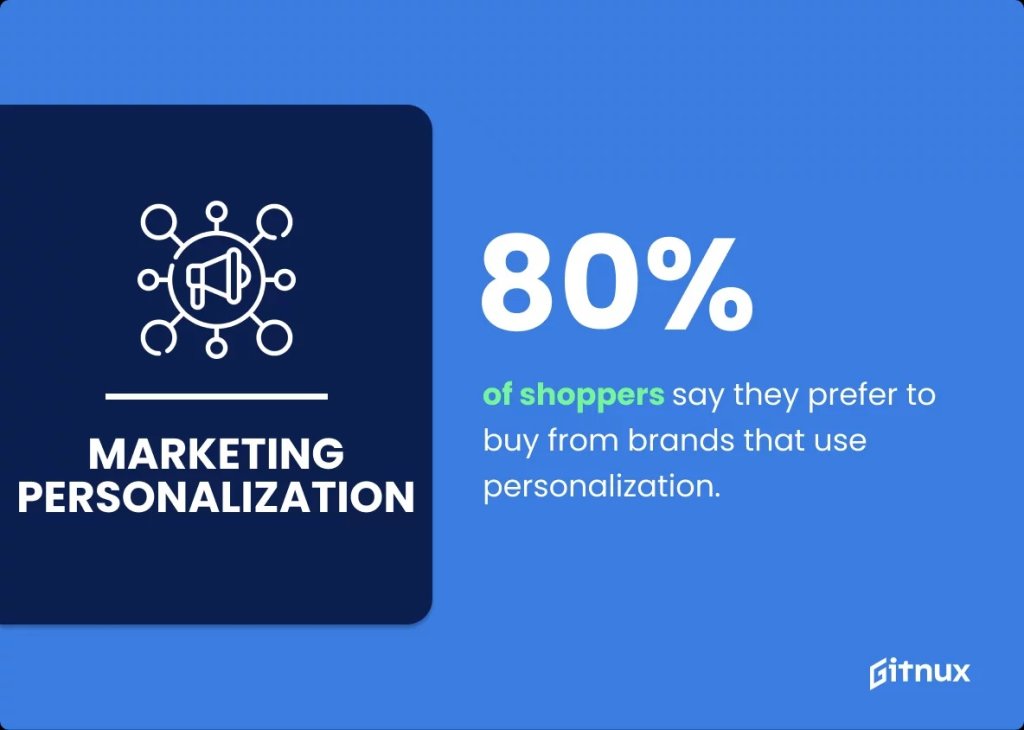
Beyond mere engagement, the intent is to spur customers into action. To achieve this, ensure maximal personalization in your emails. Also, inspire them to act based on the email's content. Your CTA should be compelling.
Your email could include a number of things that will act as a persuader.
Free gift. Offering a free gift, perhaps with a minimum order value, can be a great tool to increase conversion rates.
Free shipping. Shipping costs can often be a cause of cart abandonment. Special offers like free shipping in a retargeting email can make people consider that purchase again.
Ebooks and webinars. People like information, especially if they see you as an established authority. Ebooks or webinars on subjects such as sending a fax from mobile can be helpful to you and the customer.
Another thing to remember is to avoid overwhelming your targets with emails. Look at the frequency you promised when the person signed up. Also, ensure they have the choice to opt out of further emails if they want.
Timing
Besides frequency, you also need to think about the timing of your retargeting messages. For instance, if an email pertains to cart abandonment, dispatch it promptly post the event. This can be done easily using automation tools. Also, try to find why they abandoned their shopping cart and see if you can mitigate the reason.
While there is no set rule for how many retargeting emails you send, a good average would be three. The first email can be concise, capturing their attention, while the subsequent ones can be more detailed, personalized, and content-rich, enticing the customer towards action.
Pro Tip: Consider including quizzes or surveys in your initial email to better understand your customers.
The Takeaway
At the end of the day, you want to improve certain metrics while ensuring lower costs such as CACs (customer acquisition costs). You already know that emails are a relatively cheap form of marketing that can produce a good ROI. Email retargeting strategy can be a great way of achieving all your objectives without incurring significant costs.
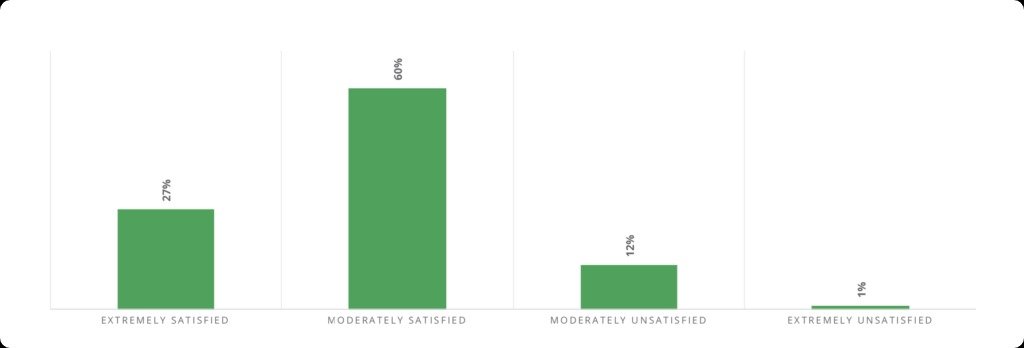
Of course, it’s not just a case of blindly sending out emails. You need to think carefully about who you are targeting and what your message and content will be. With higher open rates than standard marketing emails, you have the opportunity to reengage with customers who may have been dormant or who have yet to make a purchase. Done right, email retargeting can produce positive results across the board.
